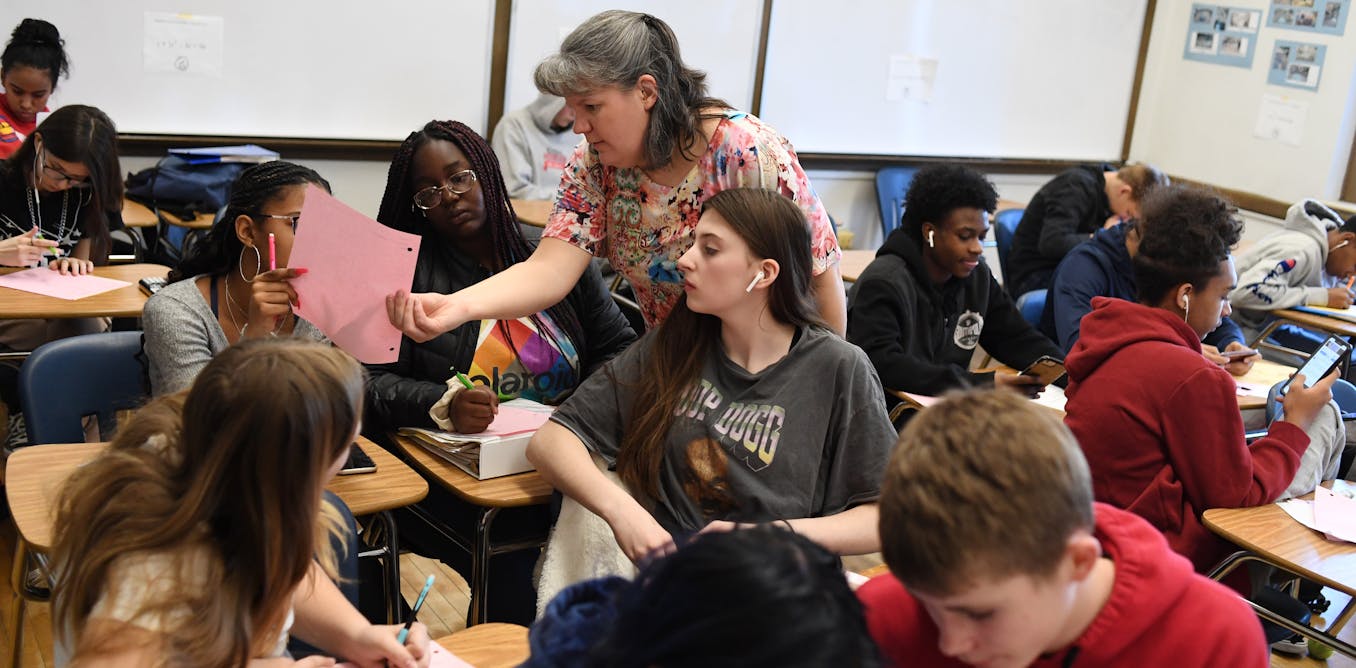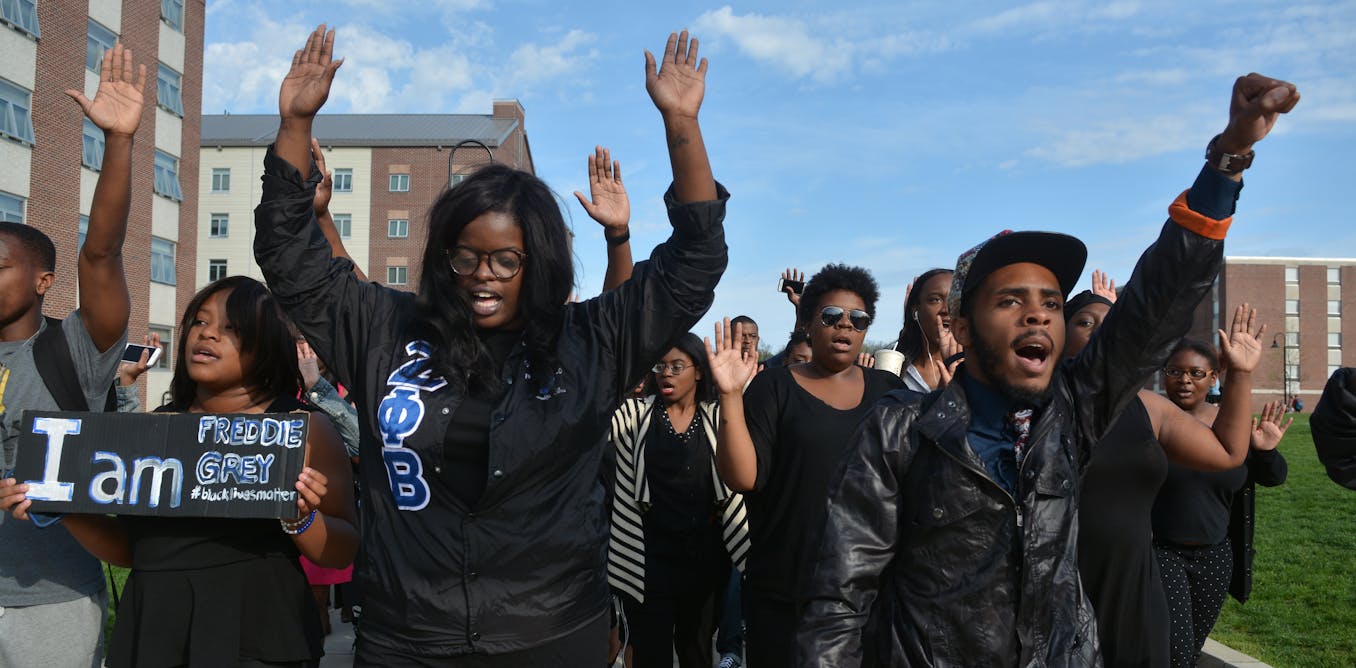When the Supreme Court outlawed the use of race in college admissions in June 2023, it forced colleges and universities to rethink how to maintain and increase diversity in their student bodies. It’s a topic that political science professor Lauren Foley had been exploring in her new book, “On the Basis of Race: How Higher Education Navigates Affirmative Action Policies.” Below, Foley expounds on what she sees as the future of diversity in higher education now that college admission officials can no longer consider race.
Is racial diversity in higher education about to suffer?
Yes, the likelihood of admission for racial minority students will suffer as a result of the nationwide affirmative action ban in Students for Fair Admissions v. Harvard. We know this from research done in states with existing affirmative action bans. Courts and ballot initiatives have banned affirmative action state by state in the last three decades. These states include California in 1996, Washington in 1998, Michigan in 2006, Nebraska in 2008 and Arizona in 2010. In 1996, the U.S. Court of Appeals for the 5th Circuit in Hopwood v. Texas banned affirmative action across its jurisdiction: Texas, Mississippi and Louisiana.
Regardless of how selective a public university may be, the enrollment of racial minorities at those schools declines if they are located in states that ban affirmative action.
The largest effects are felt at the most selective flagship universities, like University of California Berkeley, UCLA and the University of Michigan. All of these schools self-reported dramatic declines in representation, particularly among Black, Hispanic and Native students. According to this data, underrepresented groups declined by 12% across the University of California system. At the University of Michigan, Black and Native undergraduate enrollment fell by 44% and 90%, respectively, in the years following the affirmative action ban.
Affirmative action was a precise tool in that it allowed universities to pay specific attention to specific populations of applicants. Without this tool, universities are left with blunt policy solutions and struggle to maintain and increase student racial diversity.
What lessons does your book offer for colleges and universities?
A ban on the method is not a ban on the goal.
Nationally, universities can no longer practice affirmative action as a way to maintain racial diversity among their students. This does not mean, however, that universities will abandon their commitments to racial diversity.
Even in states that already had bans on affirmative action before the Supreme Court banned the practice, universities reiterated their commitments to racial diversity. They also reaffirmed that they would both comply with the ban and find ways to prioritize diversity.
Still, I believe affirmative action bans could have a chilling effect on the willingness of some universities to explicitly mention race in their discussions and policies regarding diversity and inclusion. Bans on affirmative action discourage university administrators from using race as a criteria in admissions, even when they are otherwise allowed to do so. This research demonstrates how universities that are less selective have adopted broader statements about diversity and student recruitment that do not explicitly mention race.
How are colleges responding?
When colleges use race-neutral strategies to increase racial diversity, they don’t get the same results that they did with race-conscious affirmative action. There simply are no policy tools that work as well as affirmative action at producing racial diversity.
Nevertheless, universities will now seek out race-neutral methods to maintain or increase racial diversity on campus.
One example is holistic admissions. This involves assessment of an applicant’s academic achievements using multiple factors. These factors include socioeconomic hardship, educational disadvantages or other forms of adversity. Computer software can aid universities in making demographic factors like the educational backgrounds of parents, the number of students on free or reduced lunch at the schools an applicant attended and the family’s socioeconomic status part of the admissions review.
Other states have tried legislative solutions, such as guaranteeing enrollment at state universities to graduating high school seniors in the top percent of their class.
Following the Students for Fair Admissions v. Harvard ruling, some colleges and universities have pursued creative solutions to comply with the Supreme Court decision. For example, at Sarah Lawrence College, the admissions application cites language from the decision when it asks students to comment on the role race has played in their lives.

The article Book explores how colleges seek to increase racial diversity without relying on race in college admissions by Lauren Foley, Assistant Professor of Political Science, Western Michigan University was published on 06/12/2023 by theconversation.com





































